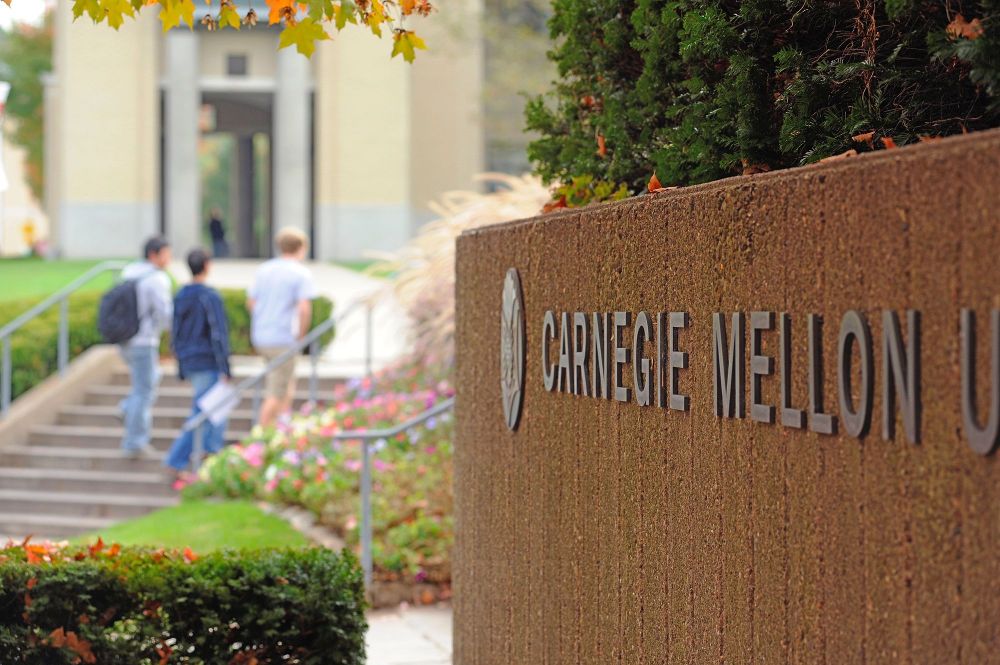Foster Belonging & Self-Confidence
Students’ lack of confidence in their abilities, their place in college, and even in the classroom constitutes one of the biggest threats to classroom climate. Instructors can help foster a welcoming climate through concrete strategies that address students’ sense of belonging and self-confidence.

The following pages will address two psychological phenomena that impact students’ self-confidence and feeling of belonging in the classroom.
Stereotype Threat Imposter Syndrome
Stereotype Threat
Stereotype Threat refers to the conscious and unconscious fear of confirming a negative stereotype about one’s group, which creates a high cognitive load for the individual, thus reducing focus and, ultimately, performance (Steele and Aronson, 1995). This can happen to every student, but is especially common for underrepresented students in classrooms, such as women in math (Spencer et al, 1999) and African-American students in college classes (Steele, 1997).
The stereotypes often come into play when students are under pressure or stress (e.g., when speaking in class or taking exams), and lead to lower performance. For instance, when men and women are told that a test has shown gender differences in the past, women significantly underperform men, whereas when participants are told the test showed no gender differences in the past, both men and women perform equally well (Spencer et al., 1999). Saying that there are no gender differences makes the stereotype irrelevant and allows women to avoid thinking about their socially perceived disadvantage in math.
Stereotype threat can even be triggered implicitly. For instance, taking student data right before an exam can trigger stereotype threat, if the data relates to those specific identifiers. Similarly, some stereotypes are so prevalent in certain institutions or in society that they are constantly triggered. For instance, LGBT students in religious institutions may live in an environment where homophobia and heterosexism are the norm and do not need to be explicitly reminded that they do not belong (Love, 1998).
Strategies for Inclusive Teaching
- Be transparent about expectations.
- Include a statement regarding diversity in your syllabus.
- Do not ask individuals to speak for an entire group.
- Use multiple and varied examples.
- Get to know your students as individuals.
- Communicate high standards and confidence in students through feedback.
- Promote a growth mindset.
- Model inclusive language.
- Strive to be fair.
References:
Love, P. G.(1998). Cultural barriers facing lesbian, gay, and bisexual students at a catholic college. Journal of Higher Education, 69, 298–323.
Spencer, S. J., Steele, C. M., & Quinn, D. M. (1999). Stereotype threat and women’s math performance. Journal of Experimental Social Psychology, 35, 4–28.
Steele, C. (1997) “A Threat in the Air: How Stereotypes Shape Intellectual Identity and Performance” American Psychologist, vol 52, no 6, pp. 613-629.
Steele, C. M. & Aronson, J. (1995). Stereotype threat and the intellectual test performance of African Americans. Journal of Personality and Social Psychology, 69, 797-811.
Imposter Syndrome
Imposter syndrome refers to a psychological phenomenon where high-achieving individuals are unable to internalize their accomplishments and instead fear that they will be exposed as frauds (Clance & Imes, 1978). Impostor syndrome can cause anxiety, lack of confidence, an extreme sensitivity to failure, and an avoidance of tasks (Young, 2011). It can also prevent students from getting the help they need lest they be revealed as imposters.
Imposter syndrome is probably the most widely relatable phenomenon in academia, well-known to faculty and graduate students alike. However, it is not limited to these groups: undergraduate students are also likely to experience similar psychological burdens. Family messages about achievement are also important in the development of imposter syndrome (King and Cooley, 1995). For instance, first-generation students are particularly susceptible to imposter syndrome. Considering that no one in their family has ever attended or completed college, they might feel that they got into college by chance or by mistake. They may believe that seeking help or failing an exam would prove that they do not belong in college (Davis, 2010).
Imposter syndrome goes beyond stereotype threat as a more conscious fear rather than a subconscious psychological phenomenon. Since it can lead to anxiety and self-sabotage, instructors should be aware of this and implement some strategies in their classroom to lessen the impact of imposter syndrome on their students.
Strategies for Inclusive Teaching
-
Be transparent about expectations.
-
Include a statement regarding diversity in your syllabus.
-
Use multiple and diverse examples.
-
Communicate high standards and confidence in students through feedback.
-
Promote a growth mindset.
-
Model inclusive language.
- Use NameCoach to Learn your students’ names and pronouns.
References:
Clance, P., & Imes, S. (1978). “The imposter phenomenon in high-achieving women: Dynamics and therapeutic intervention.” Psychotherapy Theory, Research and Practice, 15(3), 1-8.
Davis, J. (2010). The first-generation student experience : implications for campus practice, and strategies for improving persistence and success. Stylus Publishing.
King, J. (1995). Achievement Orientation and the Imposter Phenomenon among College Students.. Contemporary educational psychology, 20(3), 304.